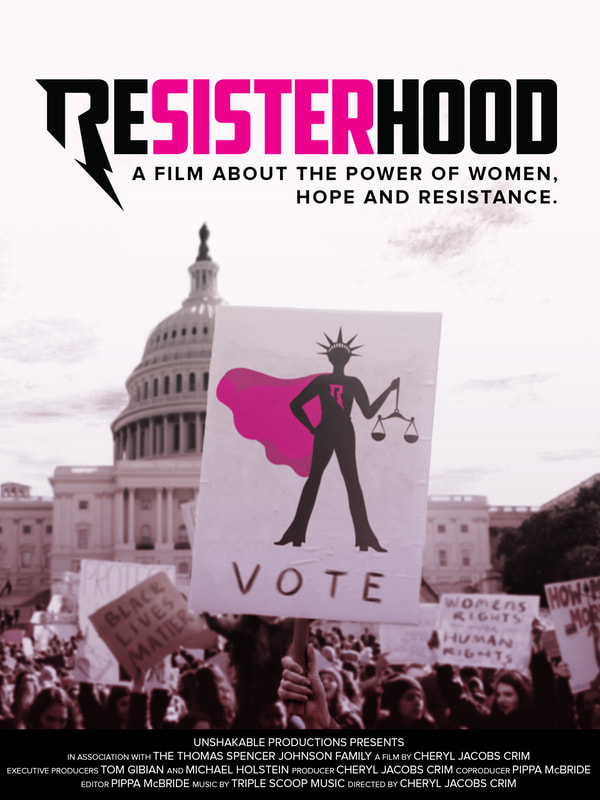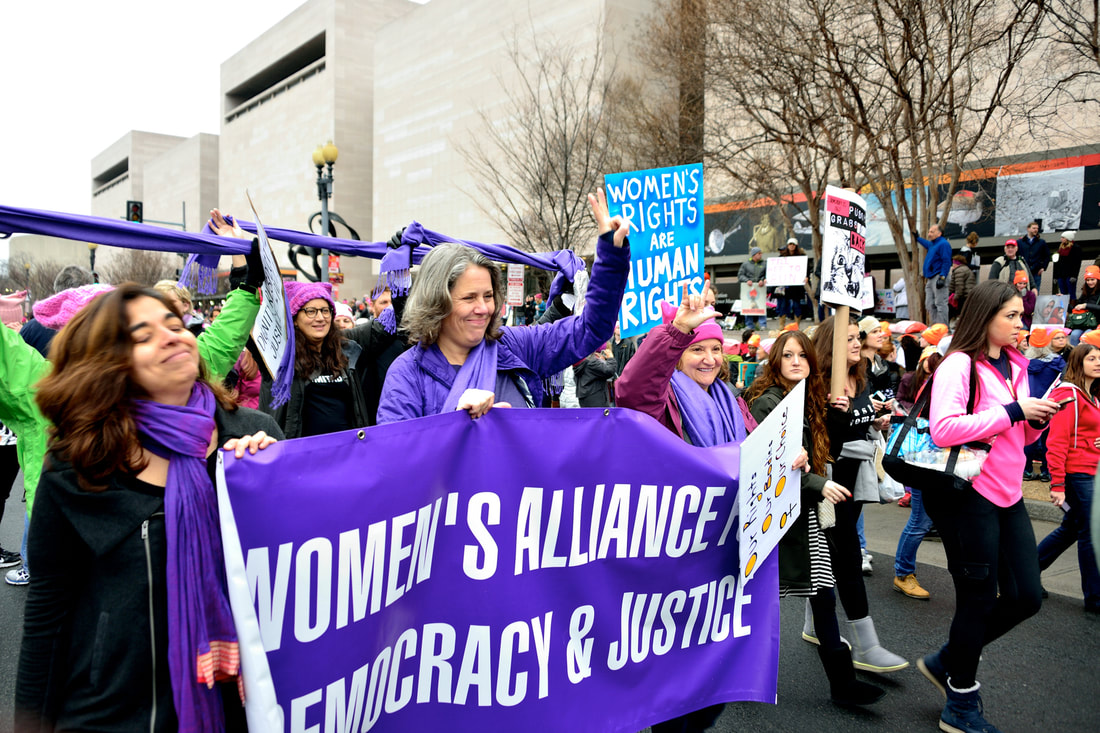The film opens with a montage of some of Donald Trump’s more infamous racist, misogynistic and violent quotes. We track the first 500 or so day of his presidency, linking his key actions with counter protests and acts of resistance. Representatives of Black, LGBT+, Latinx and Muslim communities are shown using grassroots organising, resisting and protesting to try to make a change for the better. It is well beyond time for white, cis, straight male political domination to end. Amongst the main talking heads are the Black historian and educator Margaret Johnson Morrison who recalls marching from Montgomery to Selma in 1965. Her great-nephew is then inspired to participate in a school walkout against gun violence. Openly gay professional soccer player Joanna Lohman used her position to take on youth outreach and public speaking when she got an injury that stopped her playing. And Egyptian immigrant Mimi Hassanein went from speaking no English to community volunteering and ultimately running for local office. Even though she feels so unsafe wearing her hijab in certain situations that she has to remove it. There are some particularly encouraging and inspirational moments and plenty of quotes worthy of holding high on placards. The main form of resistance featured is protest marches. But there are many forms of community organising and activism that are either briefly touched on or not mentioned. Voter registration drives, letter writing events, phone calls, petitions, boycotts, and fundraising are just a few. A great number of recent marches are shown, from the women’s march to Black Lives Matter, the Muslim travel ban rallies at airports and gun control school walkouts. It would have helped to find out whether marches in themselves are a successful tool for political change, and why they seem to be so ingrained in the American psyche. There is a clear encouragement for women to get involved with local and national politics by running for office. A number of women in the film go from being not involved with politics at all to running for local positions with varying degrees of success. It is deeply inspiring to see women stepping up in this way and putting themselves forward to represent their communities. It’s also inspiring to see the ways that children are taught that they have a voice and they can help to make a change. This inter-generational angle gave the film even more of an uplifting and hopeful tone. While the film’s stated aim is to get people to vote in the 2020 US election it could have benefitted from a more universal message to give it greater longevity. A number of examples were specific to the US and weren’t explained. You may have heard of “DACA” or “the Dreamers” but these terms are not defined for international audiences or future generations. Or even for Americans who may be less engaged.
At the end of the film we see women’s pride at voting but I’m afraid I don’t know what they were voting on. As a result I was unable to be entirely invested in the outcome. Similarly, clips are shown of Brett Kavanaugh’s hearings. We may remember what the hearings were for and what he was accused of, but without a reminder or explanation the gravity of the situation, and the reason why resistance was so important, the point is rather lost. Future generation could benefit greatly from a film like this but without explaining some of these very specific contexts I fear they may miss out. But by their own admission the filmmakers aren’t trying to make a universal film for a variety of countries and audiences. This is only about getting people to vote in the 2020 US presidential election. And with that audience in mind this should be a deeply impactful and uplifting call to action. Comments are closed.
|
AuthorHi, I'm Caz. I live in Edinburgh and I watch a lot of films. My reviews focus mainly on women in film - female directors or how women are represented on screen. Archives
December 2021
Categories
All
|





 RSS Feed
RSS Feed
